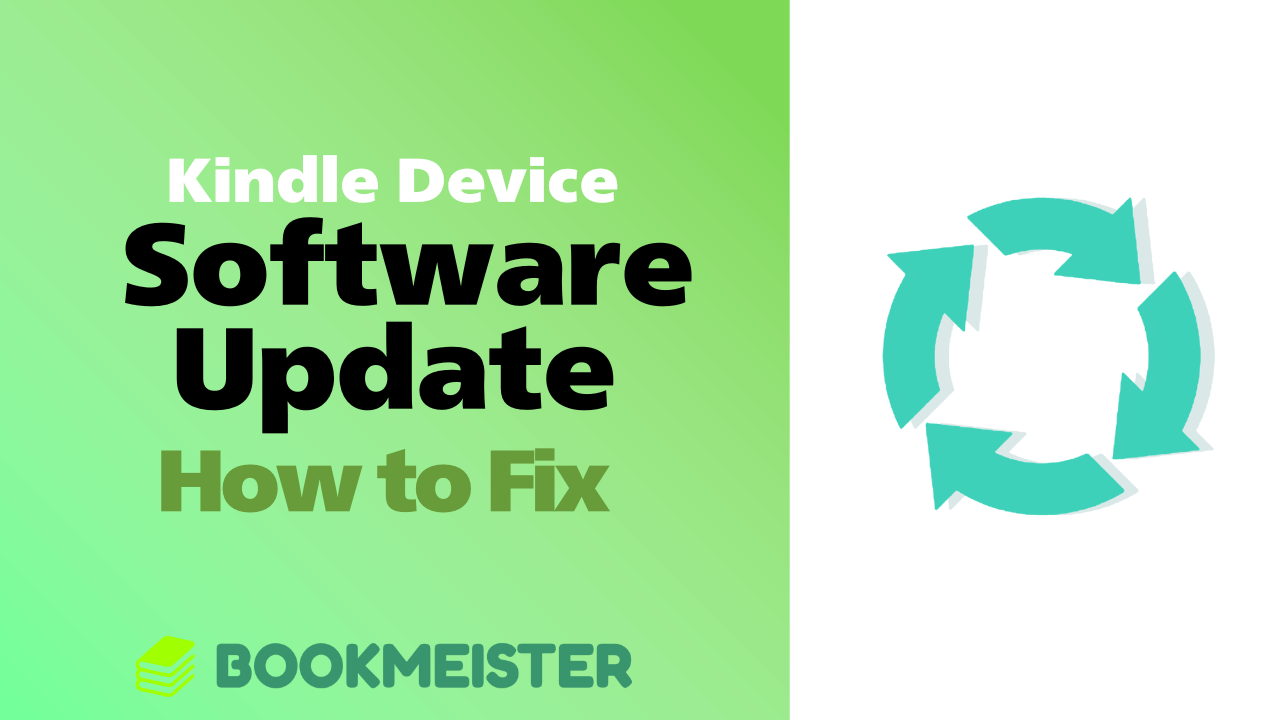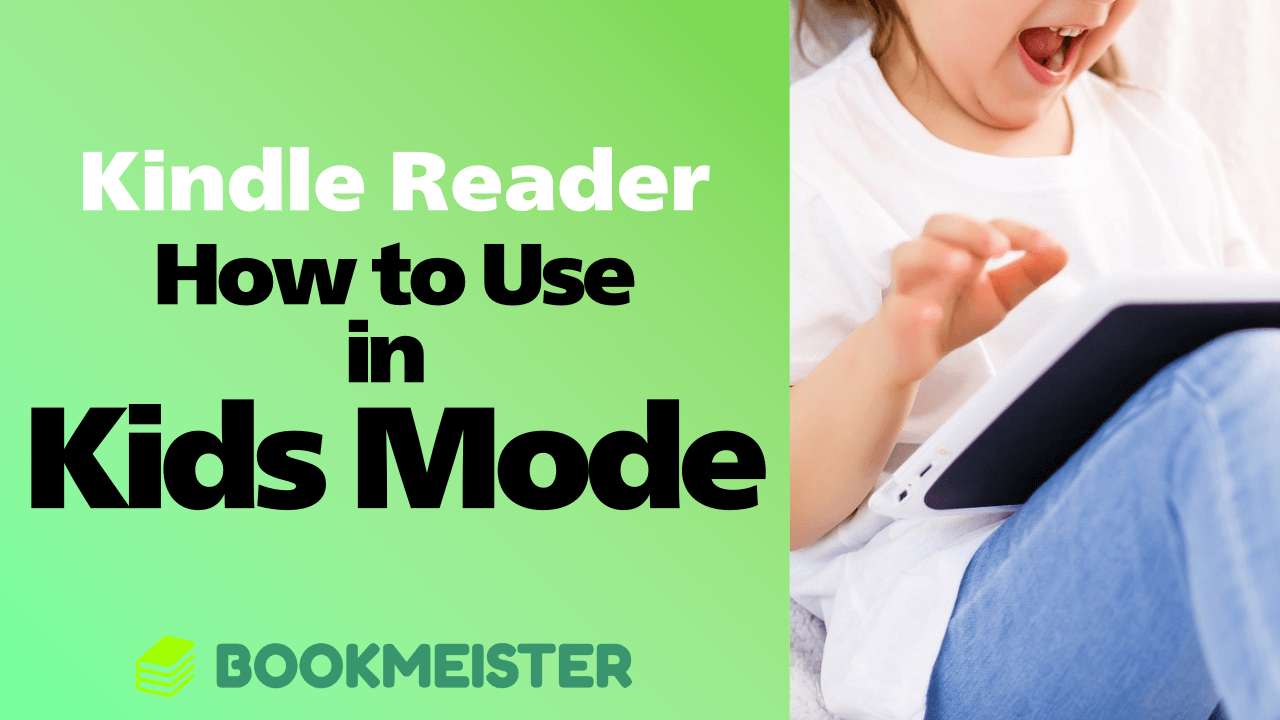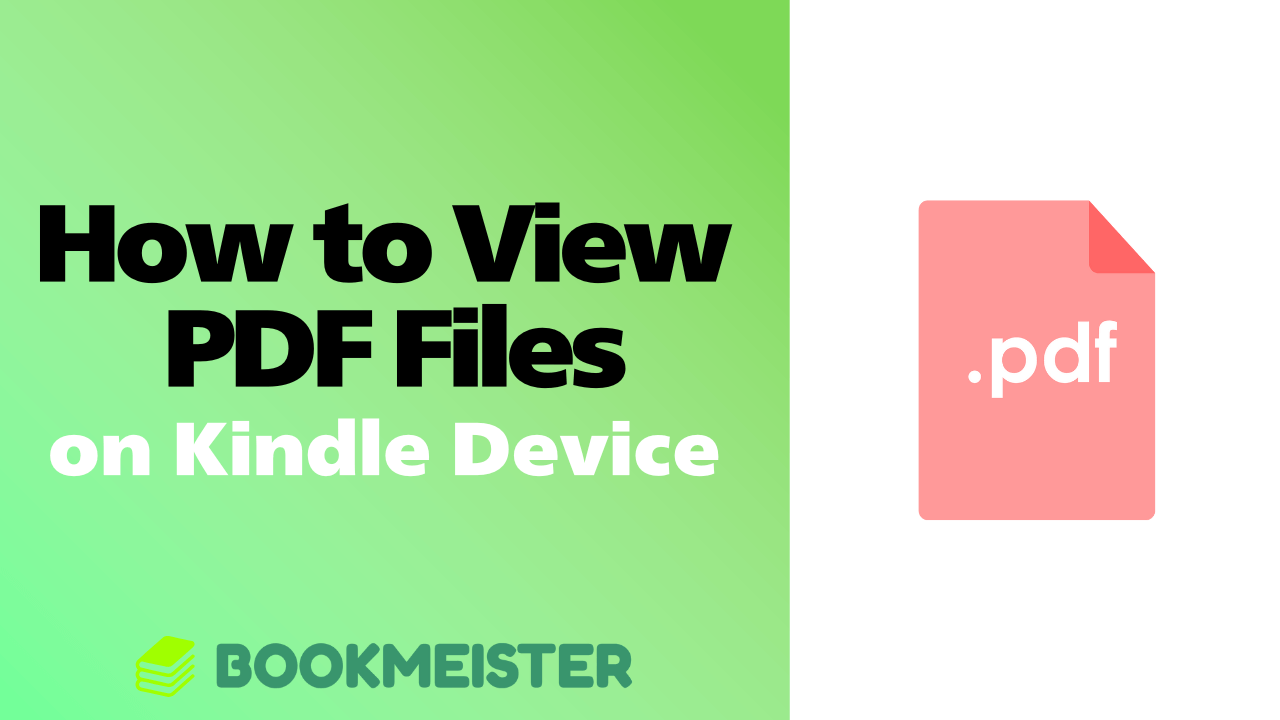What is an E-Book Reader?
An e-book reader is a tablet-style device specialized for reading digital books. Its standout feature is the use of electronic paper (e-paper) instead of a traditional LCD display, and in recent years, models with color e-paper have also been introduced.
E-book readers are developed not only by companies like Amazon and Rakuten, which operate e-book stores, but also by overseas venture companies.
What Are the Advantages of Reading with an E-Book Reader?
The biggest advantage of reading with an e-book reader, compared to other tablets, is that it is designed specifically for reading.
The use of e-paper is intended to make it easier on the eyes even during long reading sessions. As for the operating system, most devices either use an exclusive OS or a customized version of Android optimized for e-paper.
Another benefit for long reading is the lightweight body. For example, the 8-inch e-book reader "Rakuten Kobo Sage" weighs only 240g, about the same as a large smartphone. On the other hand, the Apple iPad mini—although the latest model has been significantly reduced in weight—still weighs 293g, which is nearly 20% heavier than the Kobo Sage.
Additionally, being able to store tens of thousands of books in a device weighing around 300g is another major advantage.
What Are the Disadvantages of Reading with an E-Book Reader?
The main disadvantages of using an e-book reader come down to two points: store restrictions and limited storage capacity.
First, regarding store restrictions, Amazon Kindle and Rakuten Kobo are designed to let users read books purchased through their respective e-book stores. Although it is possible to use your own book files, you need to go through the hassle of converting them into compatible, proprietary formats.
The second disadvantage is the limited storage capacity. Entry-level e-book readers often come with 8GB of storage, while high-end models typically have up to 32GB. While this is sufficient for novels, it is far too small if you want to store a large collection of manga.
In the past, many devices—especially Rakuten Kobo models—supported storage expansion via microSD cards. However, this feature has become increasingly rare in recent models.
Once You Start Using an E-Book Reader, You Can’t Go Back
Although e-book readers come with both advantages and disadvantages, once you start using one, it becomes an indispensable device.
In the author’s case, both Amazon Kindle and Rakuten Kobo are used depending on purpose, and more than an hour is spent reading on an e-book reader every day.
Paper books are wonderful as well, but the convenience of carrying an entire library of your favorite books wherever you go is hard to beat.
Tags:Weekly Magazines





